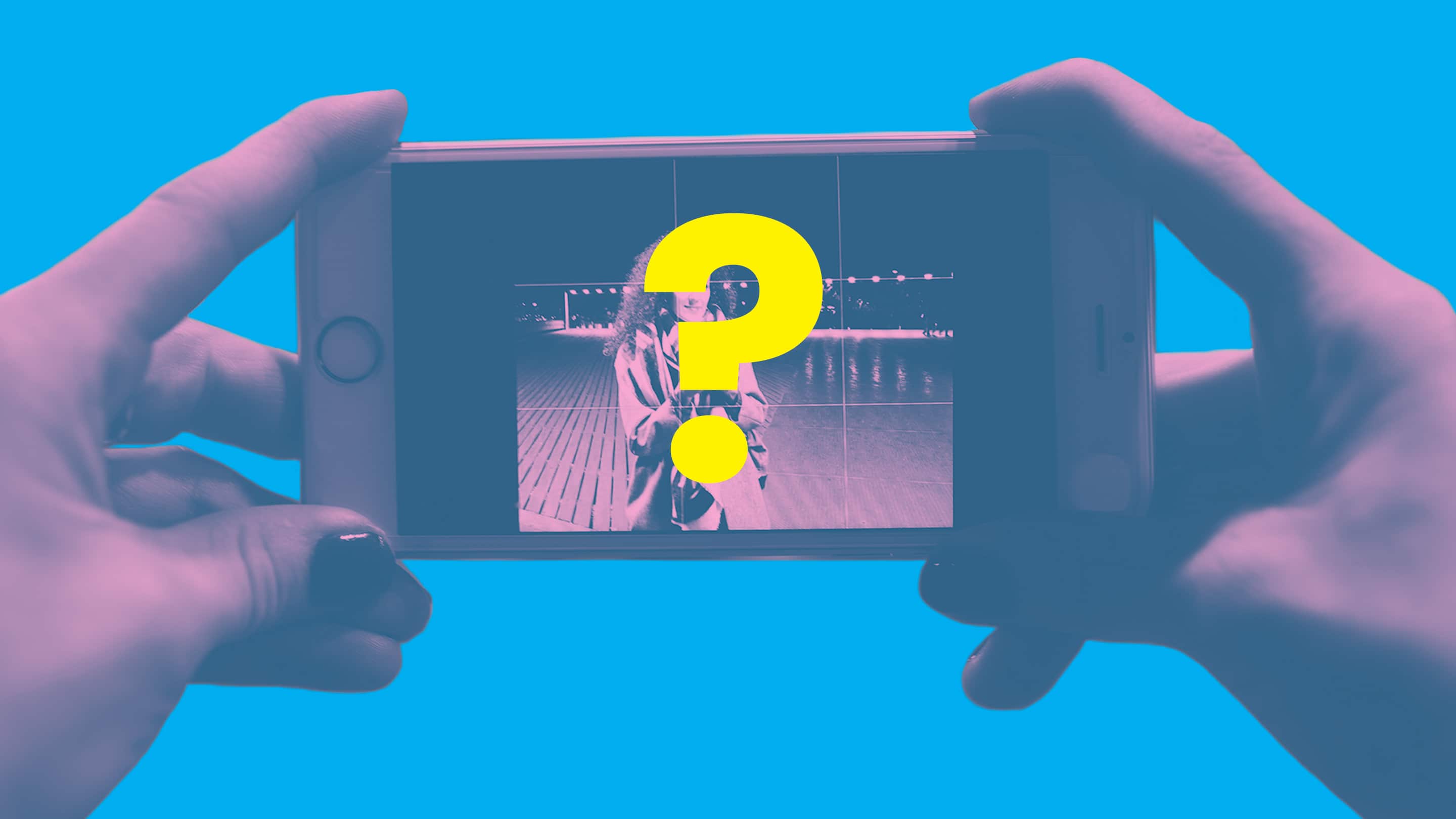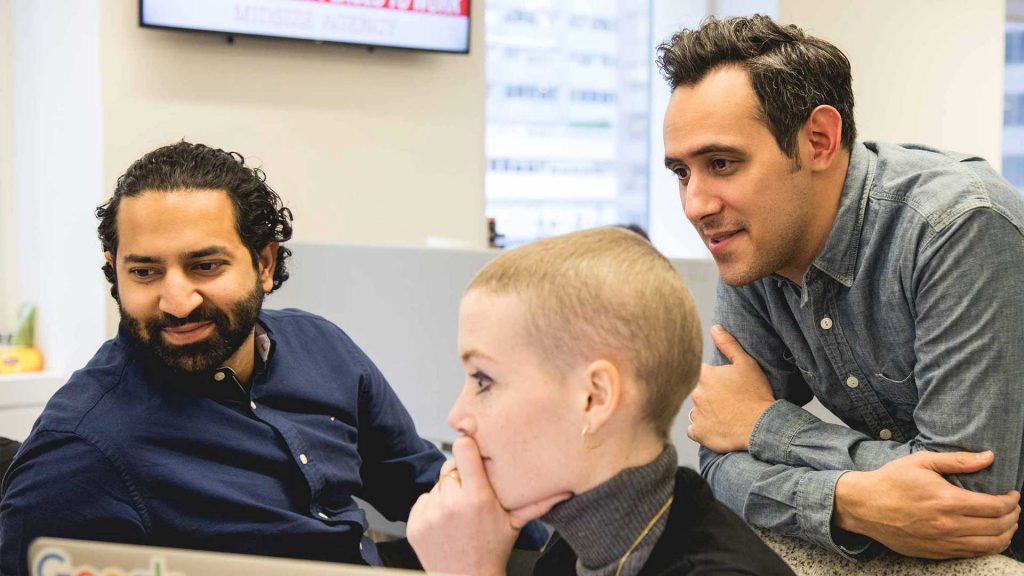As the world of influencer marketing continues to grow, brands are exploring unexpected ways to reach audiences. And so enters the rise of virtual influencers.
What exactly is a virtual influencer?
In short, it’s a computer-generated image (CGI) brought to life by a team of people who are responsible for creating a realistic persona, from hairstyle to clothing to personality and values. It’s the intersection of technology and IRL.
These core elements, working in lockstep, create virtual influencers that are relatable and authentic to audiences – and therefore, prime for the right brand integration.
Take Lil Miquela for example, an L.A.-based model and musician who happens to not be real. What makes her likeable to the count of 1.5M followers on Instagram? Curiosity, certainly. But with an average engagement rate of nearly 3% it’s clear that Lil Miquela’s content resonates. Why? Because of her ability to capture relatable, real-life moments. Lil Miquela is not real, but the world she lives in is – from hanging out with friends to rocking the latest fashion. She captivates her audience in the same way that real-life influencers do: by embodying the lifestyle and values that her audience sees in themselves or aspire to be. By doing so, she’s gaining credibility in the real world and capturing the attention of big brands. Prada successfully enlisted her help to promote its Fall 2018 Fashion Week show, resulting in buzzy influencer content and earned media placements.
So are virtual influencers right for your brand?
The answer is, it depends. Partnering with an influencer, whether virtual or IRL, is more than a numbers game. Instead, we assess their audience (engagement, location, age, etc.), tone, content, personality, and ultimately their credibility to tell your brand’s story in a relevant and authentic way. Want to know more? Check out our Fluent Influencer Axis.




